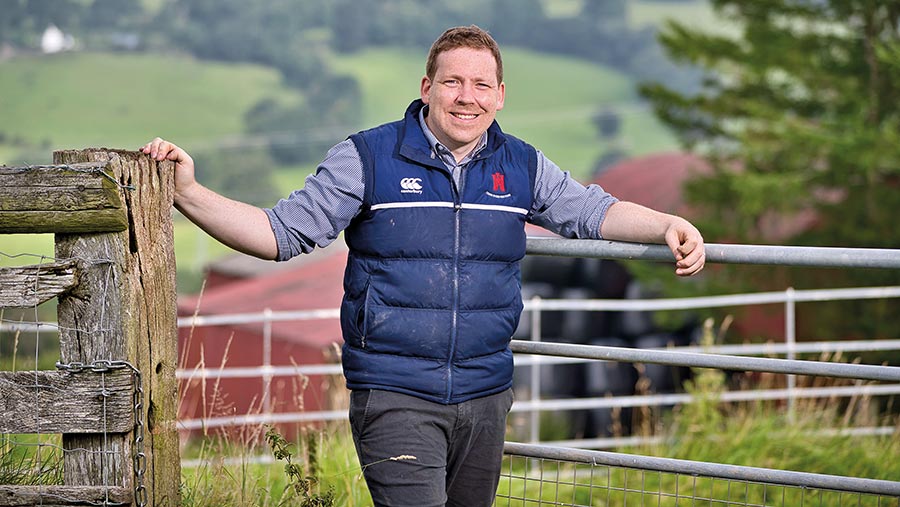Farmer Focus: Could lucerne thrive in wet Wales year round?
 © Richard Stanton
© Richard Stanton We have taken full advantage of the sun and made a start on our harvest.
Generally, we are pleased with the first cut in terms of quality and quantity, but our minds start to think ahead to the second cut, which is in desperate need of some rain.
The majority of our ground is south-facing.
This is a fantastic advantage in the spring to get grass growth moving, but a nightmare in the height of summer because of its tendency to burn off, especially where soil is shallow.
We might consider changing traditional grass leys to something more suited to dry climates, such as lucerne or herbal leys.
See also: Lucerne cuts farm’s reliance on bought-in protein
The theory is that these are more resilient to drier weather, but would something like lucerne thrive with the rainfall of a Welsh upland farm in winter?
It’s something I think we will revisit several times until we bite the bullet.
We are pursuing our plans to grow more brassica crops for winter fodder in the right fields.
We plan to take a cut of silage off these fields, then plough them to plant a swede mixture specifically for cattle grazing.
The silage that we took off the field as first cut will be made into bales and placed strategically, so the ring feeders can be moved along without major effort or hassle.
The success of the previous year’s brassica crop has meant we have doubled the amount we are planting this year, so hopefully more cattle can be outwintered, reducing our housing and labour costs.
I cannot finish without mentioning the new Sustainable Farming Scheme launched by the Welsh government.
From what I have read it’s a bit of give and take, but overall, not far away from what the industry was proposing to them in the first place.
Among the early issues I would highlight is the demand for 10% of a farm to be covered with trees to enter the scheme.
From behind a desk I suppose 10% doesn’t sound like too much, but 10% of some very productive farms could affect their ability to produce food.
Thinking of an area like the Vale of Clwyd, there aren’t many areas you could fence off because they are “unproductive”.

